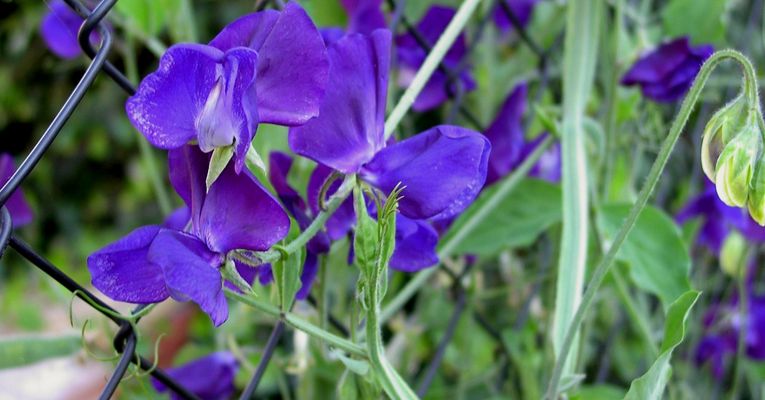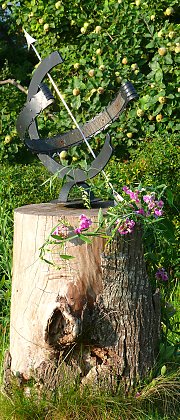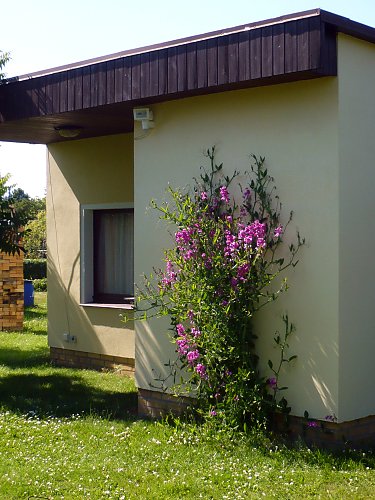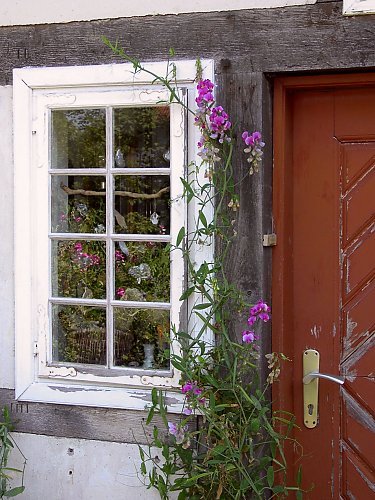Sweet Pea (Lathyrus)
Sweet peas are fairly insignificant for facade greening (as they won't cover large facades and walls), but they are unbeatable for fences and for providing beautiful cut-flowers throughout the summer. They can also be potted and set on balconies. Long-flowering annuals, they may look like they can take care of themselves, but they do need regular care and will show their floriferous potential when lovingly cared for.
>>> Price: Seeds "Spencer Mix"
sweet pea, lathyrus, everlasting pea, vetchling, peavine, latin: lathyrus odoratus

To thrive...
A sunny, warm, and somewhat wind-protected location is ideal, away from walls and facades. Sweet peas do not love midday heat, so it is better to choose east or west-facing locations. They like well-drained, fertile soil~ preferably calcareous (chalky). Keep a pulse on moisture-- they won't survive dryness without being watered. Multiple applications of fertiliser or compost promotes growth. To avoid soil depletion, change planting location or replace the soil each year. The seeds are available as single colours or as a mixed colour-blend.
Characteristics and Pruning
Vining sweet pea came from southern Italy, probably in the 17th century via Spain and Holland. In 1870, these initially unremarkable plants were cultivated by the English gardener Henry Eckford and then perfected from 1900 to 1918 within the newly founded National Sweet Pea Society to produce today's magnificent varieties. The sweet pea climbs with leaf tendrils. Sowing is possible as early as March or mid-April, after soaking the seeds overnight in lukewarm water. Sow 3 seeds per hole and cover 5 cm thick with soil; leave 45 - 60 cm between plants. You can also dig grooves every 5 cm and put 2 seeds in each, and thin out later to leave enough space between plants. To promote branching, the extremity of the shoots can be pinched off once they are at least 10 cm high. Growth is moderately fast to a height of 1.5 - 3 m. Flowers in a range of colours, usually: white, pink, red, purple, or deep blue hues. Many varieties are wonderfully scented. Flowering time is June - August / September. These flowers are made for bouquets! Cut them in the morning and enjoy 4-6 days. The flowers should be cut regularly in any case, as this prolongs the flowering time. If older flowers are not removed, fruits (seedpods) will develop by midsummer and the plant will fade.
Suitable Cable Systems for Sweet Pea
Please click on the graphic illustrations for details!
| = suitable | = of limited suitability | = unsuitable |



























































